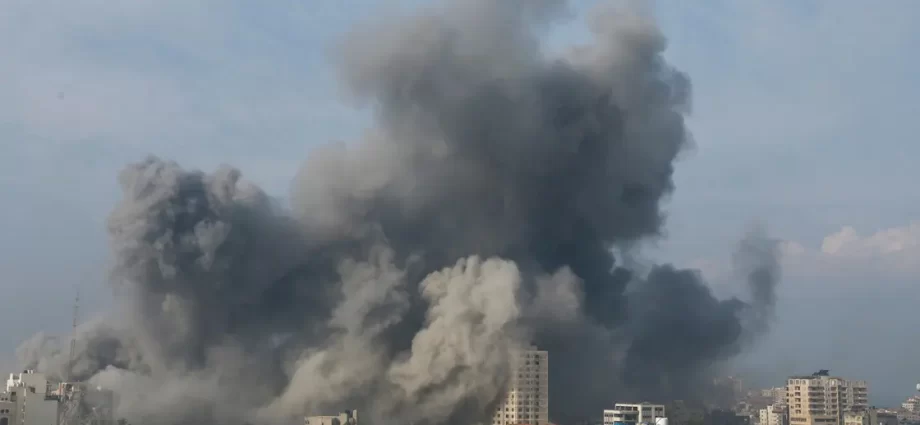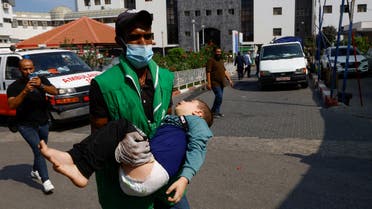Explainer: What is the Gaza Strip and who lives there ?
The Ottoman Empire ruled Gaza until 1917, before control passed on to British colonial rule.
Between 1987 and 1993, the first Palestinian intifada, or uprising, erupted in Gaza against the Israeli occupation of the strip and the West Bank.
Electricity in Gaza went out on Wednesday after the sole power station in the blockaded Palestinian enclave stopped working,
Gaza’s electricity shutdown ‘will turn hospitals into graveyards’: ICRC
Israel’s blockade regularly leaves Gaza’s hospitals with equipment and medicine shortages.
Egypt has discussed plans with the United States and other countries to provide humanitarian aid
Israeli air strikes have continued to bomb neighborhood after neighborhood in the Gaza Strip in response to an unprecedented attack by the militant group Hamas over the weekend.
The war has already claimed more than 2,100 lives on both sides, and the conflict is expected to escalate as Israel continues to take vengeance on Gazans in an attempt to back the militants into a corner.
But what is the Gaza Strip and why is it called the “world’s largest open-air prison”?
What is the Gaza Strip?
The Gaza Strip is a narrow, 40-kilometer stretch of land sandwiched between Israel and Egypt.
Gaza, along with the Israeli-occupied West Bank, is one of two Palestinian territories that have been at the center of the war for decades.
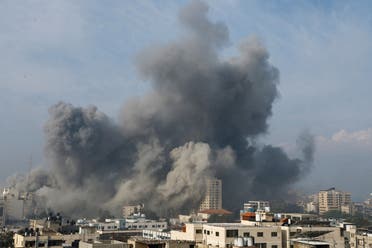
Israel has previously blockaded the city, barricading it with walls and fences to restrict the movement of people and goods, since Hamas took control of the territory in 2007.
Meanwhile, its airspace and shoreline are all under Israel’s control.
How did the Gaza Strip come to be?
The Ottoman Empire ruled Gaza until 1917, before control passed on to British colonial rule.
Thousands of Palestinian refugees were forced into Gaza after Israel was established in 1948, and their descendants now live in the besieged city. That same year, Gaza became a part of Egypt.
Twenty years later, in the Six-Day War against Egypt, Syria and Jordan in 1967, Israel took control of Gaza, the West Bank and east Jerusalem.
The Palestinians claim all three territories as part of their future state.
For more than three decades, Israel imposed its control over Gaza, building 21 Jewish settlements in the area.
Between 1987 and 1993, the first Palestinian intifada, or uprising, erupted in Gaza against the Israeli occupation of the strip and the West Bank.
As a result, the Oslo peace process was enacted in the 1990s to establish the Palestinian Authority and give it limited autonomy in Gaza and parts of the occupied West Bank.
In 2005, Israel relinquished its control of the Gaza Strip as a result of a second intifada, removing 9,000 Israeli settlers and withdrawing its military forces from Gaza.
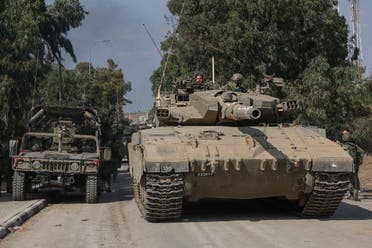
The following year, Hamas won elections against leaders of the Fatah group and the Palestinian Authority. It took control of the city, and no elections have been held in the territory since.
Israel imposed its crippling blockade after the militant takeover, saying it needed to keep the group from importing weapons.
The United Nations and other rights groups have heavily criticized the siege and still consider Gaza to be under Israeli military occupation.
Who lives in the Gaza Strip?
Gaza is one of the most densely populated areas in the world and is home to 2.3 million people, almost half of whom are children.
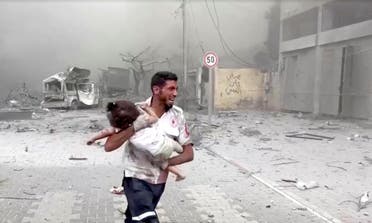
According to UNICEF, there are approximately one million children living in the strip, with 40 percent of the population classified as under the age of 15.
World Bank statistics show that the Gaza Strip has one of the highest unemployment rates in the world, standing at 46 percent.
The United Nations estimates that more than 80 percent of Gazans live in poverty, with access to clean water and electricity at dire conditions even before the latest violence.
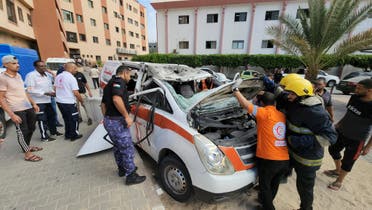
According to the UN’s Agency for Palestinian Refugees (UNRWA), 95 percent of Gazans do not have access to clean water.
The UNRWA says that “for at least the last decade and a half, the socioeconomic situation in Gaza has been in steady decline.”
The “already dire humanitarian situation” in Gaza is expected to worsen drastically as Israel cuts electricity, water and food supplies to the millions of civilians living in the area, the UNRWA said in a statement on its website this week.
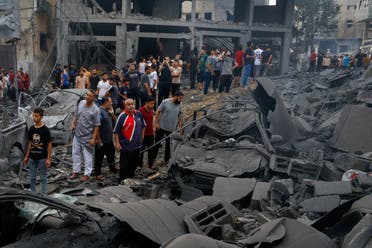
Why is it called the ‘world’s largest open-air prison’?
The Human Rights Watch refers to Gaza as the world’s largest open-air prison due to Israel’s tough restrictions on Palestinians there.
Israeli human rights group B’Tselem has said Israel prohibits Palestinians from entering or leaving the area “except in extremely rare cases, which include urgent, life-threatening medical conditions and a very short list of merchants.”
Meanwhile, Israelis, Jewish settlers and foreigners are not subject to these restrictions.
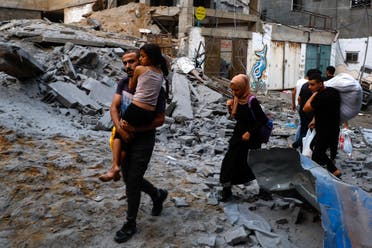
The United Nations has said that Israel’s blockade and related restrictions “contravene international humanitarian law as they target and impose hardship on the civilian population, effectively penalizing them for acts they have not committed.”
Moreover, Israel’s blockade regularly leaves Gaza’s hospitals with equipment and medicine shortages.
Doctors Without Borders have warned this week that hospitals in the city are overwhelmed as Israeli raids continue.
“The situation in Gaza is catastrophic. The hospitals are overwhelmed. The number of wounded is extremely high, with a constant influx of patients in all the hospitals in the Gaza Strip,” Léo Cans, MSF head of mission in the Palestinian Territories said in a statement.

